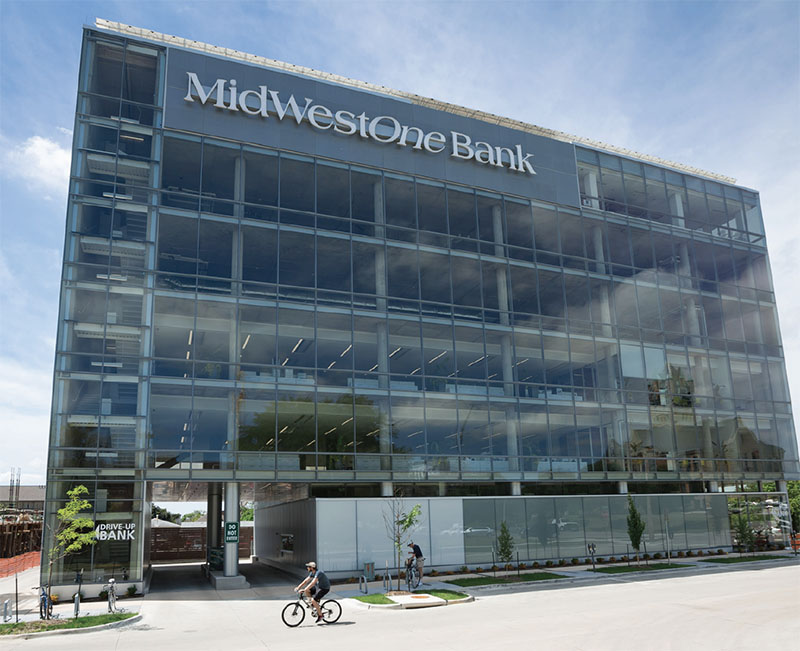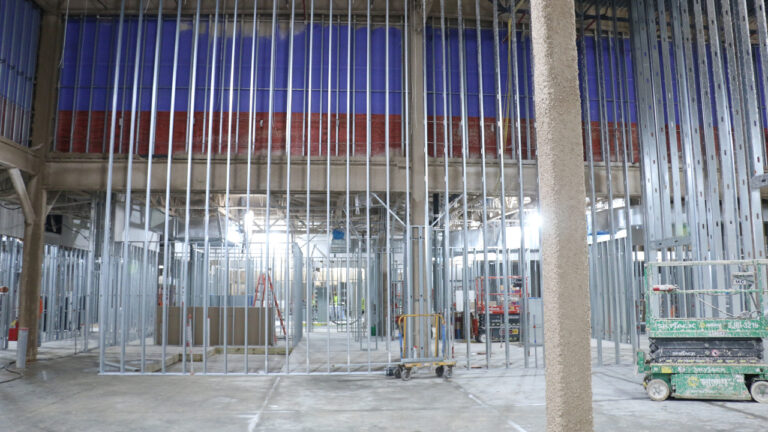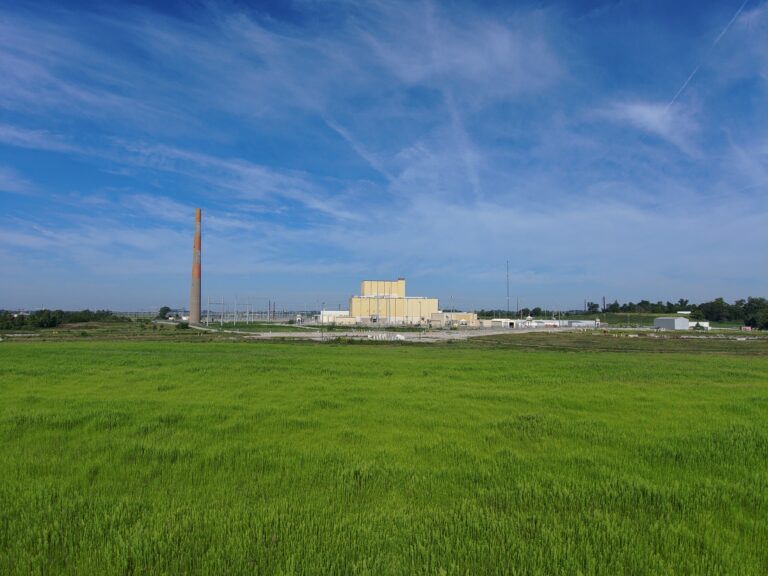
The data is clear. There’s an alarming shortage in Iowa’s health care workforce, and it’s time we start utilizing unique solutions to fix the issue – such as architecture. Last year, Iowa ranked 44th in the nation for patient-to-physician ratio per 100,000 population. This is 30% worse than the national average. Just this legislative session, Gov. Kim Reynolds passed House File 972, a bill aiming to create more medical residency slots and increase access to rural health care in the state.
The Iowa Medical Society recently held a summit to address this shortage and bring together physician leaders from across the state to brainstorm solutions. The solutions? Supporting early exposure to health care careers through hands-on opportunities and coordinated recruitment efforts among schools, colleges, employers, and workforce boards; improving work environments by reducing administrative burdens and supporting employee autonomy; and redesigning work structures to systematically tackle burnout and improve sustainability.
So where does architecture come in? Thoughtful design helps alleviate some burdens physicians, nurses, and staff face by streamlining workflows and improving staff well-being, increasing talent retention, and, at the end of the day, improving patient care. It’s a powerful, often overlooked solution to the looming health care workforce crisis in Iowa.
As an Associate Principal at CMBA Architects, I’ve seen firsthand how design plays a role in the lives of staff and can make a huge impact on their wellbeing. CMBA is committed to creating spaces that support staff well-being and their ability to care for patients effectively, and it shows in our projects.
A project that has improved both the well-being of its staff and the quality of care patients receive is the expansion of the level one emergency department at UI Health Care in Iowa City. The vision was to create a dedicated Behavioral Health Emergency Department and critical stabilization units at UIHC to address increasing care demands. Data proved an increasing demand for this type of care, and users share confidence in the need for treatment at UI Health Care as a byproduct of building the innovative new facility.
To begin designing an appropriate expansion, the CMBA team first needed to craft a plan tailored to UI Health Care’s needs. The team collected patient data, including patient demographics, length of stay, etc., and gained an understanding of each group’s intended treatment circulation path.
The team also compiled user data. This project had multiple user groups for different staff, including pediatrics, emergency department, behavioral health specialists, and crisis stabilization staff. Each group was integrated into the design and decision-making process to ensure each person could perform well in their new space.
This input helped the design team create multiple iterations of a new headwall, where providers access critical medical equipment behind a patient’s bed. The team began with the department’s current units and created concept renderings of enhanced functionality. Once the design was finalized, CMBA worked with its construction manager to build a full-scale mock-up complete with equipment, outlets, sink, and storage to replicate the new workflow.
A meeting cadence was mapped out for each user group to test the design for themselves and suggest any tweaks for optimum performance. A highlight of this mock-up included a coiling-door system that closes off the headwall – a new concept for hospital staff. This door was designed to allow the room to flex into a secure behavioral-health space tailored to each patient’s needs.
By prioritizing this feedback in each step of the design process, CMBA helped to create a positive environment for UI Health Care’s providers, redesigning its internal – and physical – work structures to tackle burnout and improve provider sustainability. This approach to health care design helps alleviate some of the burdens providers face by streamlining workflows and improving staff well-being, increasing talent retention, and improving patient care.
While Iowa may be experiencing a shortage of health care providers, architecture provides a unique tool to address the crisis. The physical environment where care is delivered directly impacts provider satisfaction, efficiency, and patient outcomes. By designing spaces that reduce stress, enhance workflow, and prioritize staff well-being, we can make meaningful strides in retaining talent and improving care delivery.
Iowa’s health care workforce shortage isn’t a problem with a single solution, but thoughtful design is a powerful piece of the puzzle. It’s time we start recognizing architecture not just as design, but as a plan for healing: for patients, for providers, and for the future of health care in Iowa.
Joseph Copley is associate principal at CMBA Architects in Des Moines. He is involved with the American Institute of Architects, serves on the Iowa Commercial Real Estate Association and Central Iowa Architects Section boards, and is a CMBA social member of TACE.







